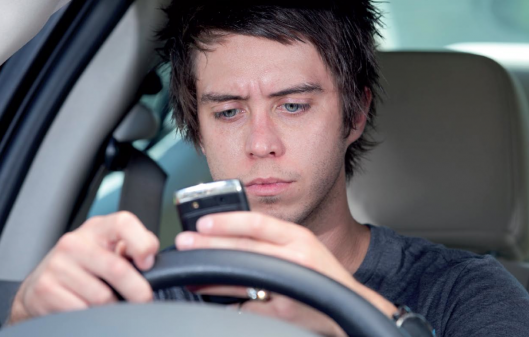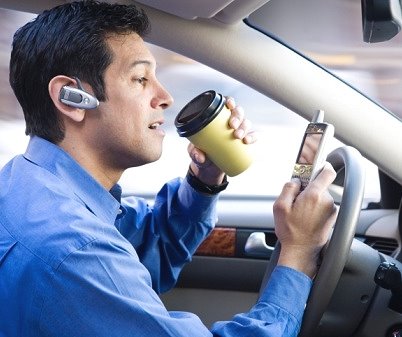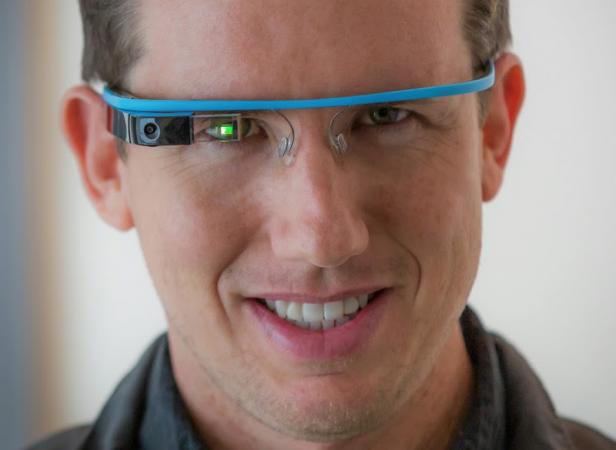Thinking and driving = distracted driving?
- Written by David Taylor
- Published in Auto Events
- Be the first to comment!
Is distracted driving really an issue?
The straightforward answer? Yes, you bet.

What is the “penalty” these days for distracted driving?
As you might expect, since 2008, every province and territory in Canada – with the exception of Nunavut – has created laws to deal with cellphone use by drivers.
The current Ontario fine for distracted driving came into effect on March 18, 2014, and increased from $155 to $280. The fine is for people who plead guilty. If someone is found guilty at a hearing, a justice of the peace can impose a fine of up to $500.

Elsewhere in Canada, fines range from $100 in the Northwest Territories and Newfoundland and Labrador to $280 in Saskatchewan. In some provinces, fines will also rise with the number of offences.
What constitutes distracted driving?
-Texting.-Using a cell phone or smartphone.- Eating and drinking.- Talking to passengers- Grooming.- Reading, including maps.- Using a navigation system.- Watching a video, adjusting a radio, CD player, or MP3 player.
Because text messaging requires visual, manual and cognitive attention from the driver, it is by far the most alarming distracted activity people most commonly engage in. Were you aware that five seconds is the average time your eyes are off the road while texting? Average. When traveling at 90 kilometres per hour, that's enough time to cover the length of a football field – blindfolded.
I recently attended a Distracted Driving Challenge hosted by Young Drivers.
Here experienced drivers had an opportunity to respond to several controlled challenges to determine just how good a driver each participant actually was. Most challenges occurred on either a closed course or a route on city streets in an industrial area of north Toronto on a sleepy Sunday.
First, some undisputed facts courtesy of Transport Canada.
In co-operation with researchers from the University Of Toronto Human Factors Of Applied Statistics Laboratory, a circuit at a private facility on a closed course was conducted wearing the much lauded Google Glass, a wearable computer with an optical head-mounted display. Google Glass displays information in a smartphone-like hands-free format. Wearers communicate with the Internet via natural language voice commands. Sound weird? Yes. Do they work? Yes. Will they be as ubiquitous as Google wants them to be? Let’s hope not! Between this eyewear statement and an Android-based smart watch from Samsung, I received messages from both devices – while driving. Useful? No doubt. Practical while driving? No, not in my opinion.

While technology is becoming more invasive, I don't think either device is the answer – or even a solution for any driver. For me, an opt-in form of heads-up display in my direct line of sight would be preferable. Driving two tons of steel slowly in a controlled environment while receiving visual messages and images was a little scary.
We all like to think we are good drivers. Many of us believe we can multi-task – even while driving.
In the safe confines of a boardroom, graduate U of T students put us through a very simple exercise.
- Now write, “multi-tasking is a lie” – quotes not required. Five seconds.
- Finally, combine the two tasks; e.g. 1 m 2 u… and so on up to 20. This took me 46 seconds – and I kept forgetting where I was – in the sequence(s).
Still think multi-tasking is a breeze?
Extrapolate this scenario to behind the wheel. How much control do you truly have? Surprised the heck out of me – and I consider myself to be a classic-multi-tasker.
Drinking and driving? Hell, this is thinking and driving. Scary stuff, isn’t it?
